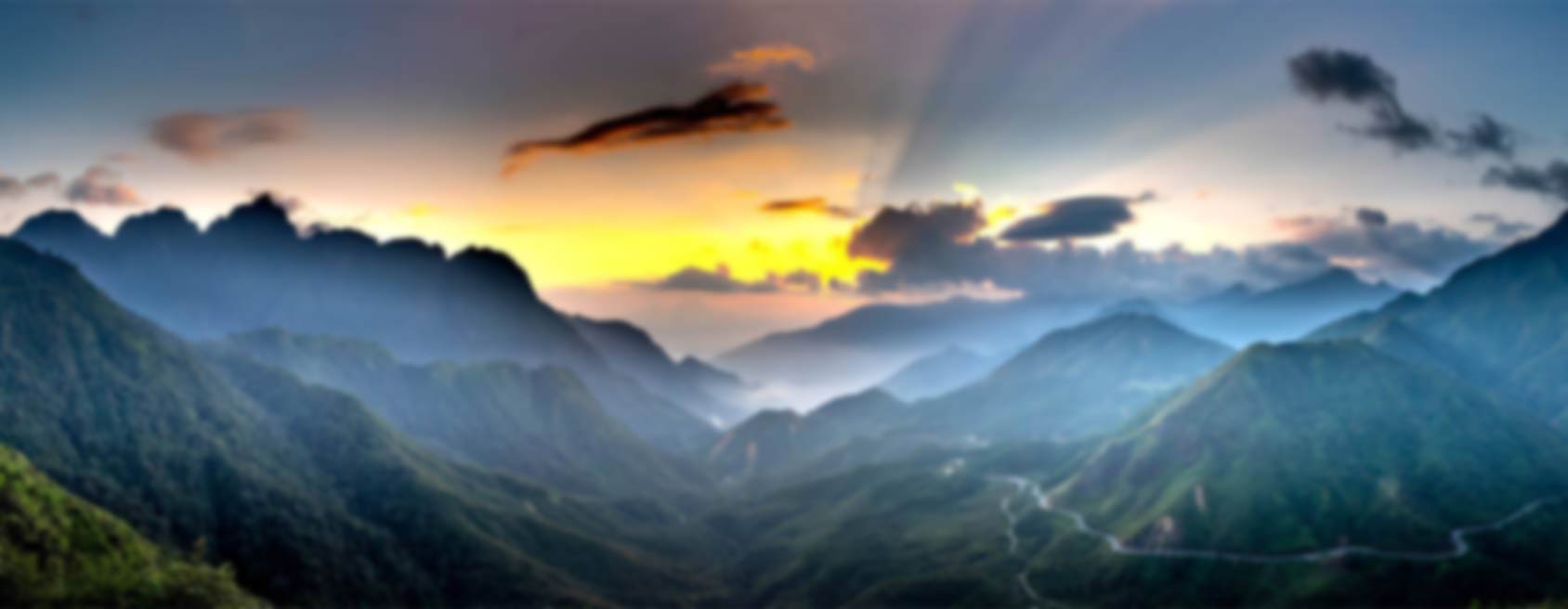
Glaciers of Iran, Our Source of Fresh Water
Glaciers of Iran are one of the main sources of fresh water in the country. The scarcity of water in an arid country like Iran and the population increase adds to the importance of these water sources. That is why we need to know more about them. Unfortunately, like other natural phenomenon, the mountain fridges were highly influenced by the global warming and climate changes. However, first we have to know what a glacier is.
A Glacier is a body of ice made in a natural setting and from centuries of ablation. The interesting thing is that the glaciers constantly move under their own weight. They have different formation like crevasses, seracs, cirques and moraines. On general, based on size and location, glaciers divides to three categories of Massive, Medium and Alpine. The massive glaciers belong to the North and South Poles. The Medium ones are the Scandinavian glaciers found especially in Norway. At last, there are the Alpine glaciers found in countries like Italy, France and Iran. The Alpine glaciers in turn have two categories of cold and warm. Cold is when the temperature around the glacier is below zero and warm when the average temperature is above zero. Damavand is home to one of the most famous glaciers of Iran. If you want to spend your holidays on an adventure in Iran in Damavand tour , you can check out Atour’s website.
The Glaciers of Iran
As mentioned, the glaciers of Iran belong to the Alpine category. Here, we have five zones with glaciers including Takht-e Soleyman in Mazandaran Province, Damavand in Tehran Province, Sabalan region in Ardebil Province, Oshtoran-Kuh zone in Lorestan Province, and Zard-Kuh in Chahar Mahal Province. As the name may signify, the glaciers of Iran are all mountain glaciers.
Takht-e Soleyman Zone Glaciers
People usually know this zone with its most famous mountain, Alam-Kuh that is the second highest mountain of Iran. However, Takht-e Soleyman region includes many other mountains as well. These mountains are in Mazandaran Province between Taleghan Valley and Abbas Abad Jungle. Takht-e Soleyman region also hosts the largest mountain glaciers of Iran. There are three main glaciers here Sarchal, Northwest, and Hesarchal.
First, there is the Sarchal glacier. It is in the approximate altitude of 4050 to 4230 meters and between the two summits of Sechal and Takht-e Soleyman. A layer of fallen rocks from the peak covers this glacier. Then, we have Alamchal glacier at an approximate altitude of 4000 meters. 4200 to 4800 meters peaks surround this glacier; therefore, it is not visible from afar. Takht-e Soleyman glacier is at the altitude of 4350 meters and continues near the peak with an altitude of 4655 meters. This glacier has an east and west side and becomes steeper as one climbs higher.
There are other glaciers in this zone all at an altitude of above 4000 meters. The highlight of these glaciers are Marjikesh, Khersan, Haft Khan, Chalon, and Espilet.
Damavand Zone Glaciers
Damavand is the highest mountain of Iran with 5610 meters of altitude. There are many glaciers on this mountain. Let us begin with Yakhar. The glacier is one of the most famous glaciers of Iran. Yakhar is in the east face of Damavand and takes its name from the valley it is located. Mountaineers, who ascend Damavand from northeast route, will see Yakhar on their way to the summit. Yakhar is around 1300 meters and continues near the peak. With an altitude of 5200 meters, Yakhar is the highest glacier of Iran. Other glaciers in Damvanad zone are Siyole, Dobisel, Aroosak ha and the glaciers of northwest, west and southeast Damavand.
Sabalan Zone Glaciers
In Sabalan, we have three main glaciers that are rocky and provide the water needed in the area. The Sabalan glaciers include the North, Kasra Dagh, and Heram Dagh glaciers. The North glacier of Sabalan, as the name signifies, is on the south side of the mountain. The North glacier starts from 4500 and continues near the summit. On the other hand, we have Kasra Dagh. It is the combination of smaller and bigger glaciers. The bigger glacier is one of the longest ones in Iran. At last, we have Heram Dagh located in the southeast of Heram Dagh peak. It is rockier than the other glaciers of Heram area.
Zardkuh Zone Glaciers
Zard-Kuh on general is one of the highest areas of Iran. It has high rainfall rate and rivers with strong flow. Here, we have Zard-Kuh Mountains. The most known glaciers here are Khersan, Kouhrang and Haft Tanan glaciers.
Oshtrankuh Zone Glaciers
At last, we have Oshtrankuh. It is in the Lorestan Province and in the Aligodarz surrounding. The mountains of Oshtrankuh are part of Zagros mountain range, which are the western mountain ranges of Iran. They are different in height and difficulty level and have a crescentic shape creating many craters. In each crater, there are many small and big glaciers including but not limited to Kher Seh Dar, Chal Baran, Chal Kaboud and Fialeston.
As mentioned, the glaciers are the fresh water resources of a country. Unfortunately, we do not know much about our glaciers and the lack of extensive studies about them is felt. Besides the zoning, nothing much has been done in this regard. We hope that in near future, we come to know more about these glaciers.






